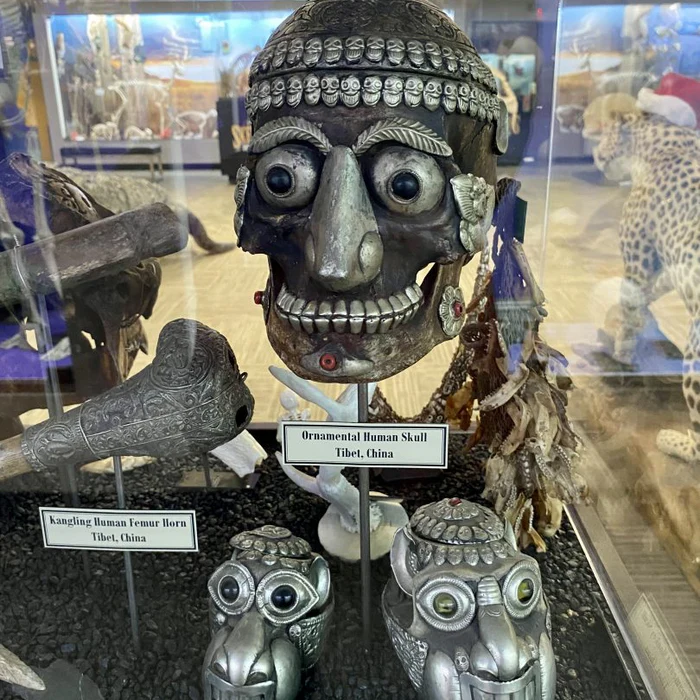
Two Heads are Better Than One…. Or Are They?
Polycephaly, from the Greek roots poly meaning “many” and kephalē meaning “head”, is the term for when animals are born with more than one head.

Polycephaly, from the Greek roots poly meaning “many” and kephalē meaning “head”, is the term for when animals are born with more than one head.

In this post, we’ll delve into the fascinating world of gorilla bones, exploring their structure, function, and significance!

I was granted a look behind the curtain, if you will, straight to the source interview with the cat, the myth, the legend himself: Sir Indiana Bones.

Elephants are one of the planet’s most advanced mammals, boasting complex methods of communication between their herd.

This blog explores why some people perceive bones as scary, examining the impact of stigma and taboo and what we can learn from bones!

Kids learn best through hands-on experiences and interactive activities. At the SKELETON Museum, our STEM-oriented programs offer an ideal way for kids to learn about osteology.

Let’s get batty for bats! We will discuss origin history, adaptations, modern research, conservation efforts, characteristics, myths, folklore, and superstitions surrounding these flying mammals.

Unlocking the Mysteries of Nature: Our Comparative Collection Welcome to the Museum of Osteology, where the wonders of the natural world are brought to life through the art of skeletal preparation. As custodians of an extensive comparative collection comprising over...

Editor's Note: The following blog was originally posted by SKELETONS: Museum of Osteology on July 14, 2023. ***** Killer whales, also known as orcas, are highly intelligent marine mammals that use echolocation as a crucial tool for locating and capturing their food. Echolocation is a sensory...
0 of 3 items selected